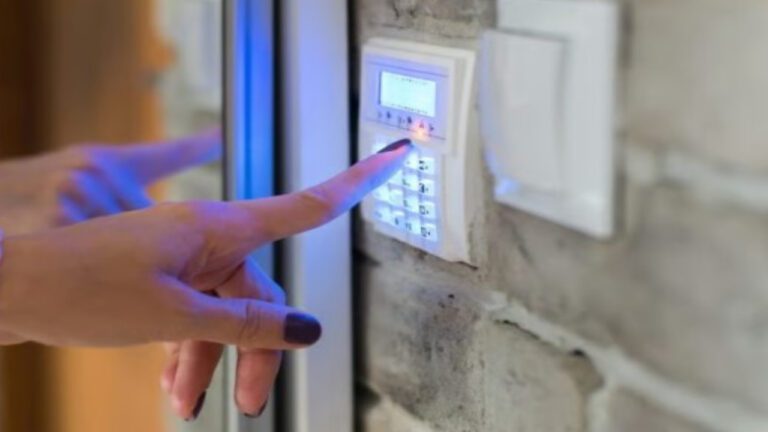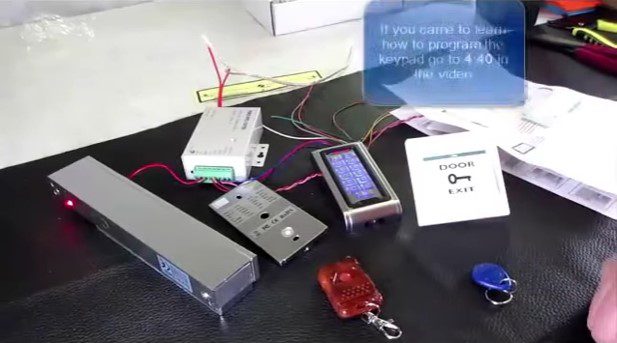Fiber Optics Installers play an indispensable role in our society of connectivity and high-speed communications, from seamless internet connections, rapid data transfers and clear communications channels we rely on daily to ensuring clear channels for safe online transactions and transfers. In this post we discuss what it takes to become one of these professionals as well as their impact on contemporary society.
What Is a Fiber Optics Installer?
A fiber optic installer is responsible for installing and maintaining fiber optic cables – the cornerstone of modern telecommunications networks. Fiber optic cables use light pulses to transmit data over long distances at lightning-fast speeds compared to traditional copper cables; this technology helps boost internet speeds as well as supporting applications such as telephony, video conferencing, and data storage.
Skills Required
Becoming an effective Fiber Optics Installer demands an abundance of technical knowledge, problem-solving abilities and commitment to safety and precision. Here are the necessary qualifications needed for this role:
Technical Knowledge
Incorporating fiber optic technology, cable types, connectors, and installation techniques requires in-depth technical knowledge. Installers should possess proficiency at reading technical diagrams as well as following installation procedures for maximum success.
Hands-On Skills
Dexterity in handling fiber optic cables, splicing fibers together, terminating connectors and conducting tests to ensure optimal performance is a must.
Attention to Detail
In fiber optic installations, precision is of utmost importance. Installers must take great care in aligning fibers precisely, splicing with minimal loss, and troubleshooting any connectivity issues that arise.
Safety Practices
Working with fiber optic cables requires handling delicate equipment and potentially dangerous tools that must be handled with great care, so adherence to safety protocols is non-negotiable and workplace safety is an absolute priority.
Problem Solving Skills
Diagnosing and correcting connectivity issues requires analytical thinking skills and troubleshooting expertise.
Education and Training
While formal studies in telecom, electrical engineering or related fields provide an excellent basis for becoming a Fiber Optics Installer, many choose to expand their skills with additional certifications like:
Fiber Optics Association (FOA) Certifications
Offered at various levels (e.g. Certified Fiber Optics Technician and Specialist), these credentials validate an installer’s skills and expertise.
Manufacturer-specific Training
Many equipment manufacturers provide training on their products and installation techniques.
Career Opportunities
Demand for Fiber Optic Installers is high across various sectors, such as telecom companies, internet service providers, data centers and utility companies. As global connectivity expands further still, so too do opportunities for skilled installers to play an essential part in building and maintaining communication infrastructure.
Impact on Society
Fiber Optics Installers play an essential role in driving digital transformation across society. Their efforts support faster internet speeds, reliable communication networks and the implementation of cutting-edge technologies like 5G, smart cities and Internet of Things (IoT). By connecting communities and businesses, Fiber Optics Installers contribute to economic growth, educational opportunities and an improved quality of life globally.
Conclusion
Becoming a Fiber Optics Installer is more than laying cables; it involves building bridges between people. Becoming one requires technical expertise, practical hands-on skills and dedication to excellence – something our increasingly digital world requires even more of. As digital connectivity continues to expand its impactful reach into more areas of life, their role will only become more essential – whether as career options or learning more about its foundational support structure – their contributions deserve our thanks for enriching lives around us.
Frequently Asked Questions about Fiber Optics Installers
1. What do Fiber Optics Installers do?
Fiber Optics Installers are responsible for installing, testing and maintaining fiber optic cables used for telecommuting and data transmission networks. Their job involves making sure these networks function optimally while adhering to all regulations regarding installation.
2. What are the typical responsibilities of a Fiber Optics Installer?
Typical Responsibilities Include:
- Installing fiber optic cables according to specifications and industry standards.
- Splicing and terminating fiber optic cables for efficient data transmission.
- Testing and troubleshooting fiber optic networks in order to identify and resolve connectivity issues.
- Adherence to safety protocols and ensuring work is conducted in an environment free from danger are crucial elements for being an effective fiber optics installer.
3. What skills are essential in becoming an installer?
Key skills of fiber optic professionals include: Whilst these key competencies may seem obvious, others such as technical knowledge of cable types and installation are also important. Also essential are proficiency with fiber optic tools and equipment as well as attention to detail during splicing or termination operations.
Problem-solving skills to quickly detect and resolve network issues. A commitment to safety practices and protocols.
4. How can someone become a Fiber Optics Installer?
Becoming a Fiber Optics Installer typically requires three components of training:
High school diploma or its equivalent; Technical training or certification in fiber optic installation from organizations such as the Fiber Optic Association (FOA) or manufacturer-specific programs is highly advantageous, though on-the-job training and hands-on experience is equally useful.
5. What certifications are available for Fiber Optic Installers?
Certifications such as Certified Fiber Optics Technician (CFOT) from the Fiber Optics Association (FOA) are widely renowned within the industry and provide validation of an installer’s skills in fiber optic installation, splicing, and testing.
6. What industries enlist Fiber Optics Installers as employees?
Fiber Optic Installers can be found working across a variety of industries, such as:
Telecommunications companies, Internet Service Providers (ISPs), Data Centers, Utility Companies and Government Agencies all represent potential employers for fiber optic installers.
7. What can we expect in the near future for Fiber Optic Installers?
Fiber Optic Installers are anticipated to experience rapid growth as more businesses and individuals require high-speed internet and reliable communication networks. 5G technology deployment and the expansion of smart cities has further spurred this demand for skilled installers.
8. What are the advantages of choosing to become a Fiber Optics Installer?
Benefits include job stability and growth opportunities in an ever-expanding field, competitive salaries and benefits packages, especially with advanced skills or certifications, opportunities to work on cutting-edge technologies and contribute to critical infrastructure projects, and many others.
9. Where can I begin my career as a Fiber Optics Installer?
As you explore a career as a Fiber Optics Installer, take these key factors into consideration:
Investigate educational and training programs related to fiber optic installation. Securing pertinent certifications that enhance your skillset. Acquire hands-on experience via internships, apprenticeships or entry-level positions within the field.
10. Where can I obtain additional information about becoming a Fiber Optics Installer?
For additional information, you can access websites of industry associations like the Fiber Optics Association (FOA), consult with vocational schools or community colleges offering telecommunications programs, or network with professionals through networking plat forms.




